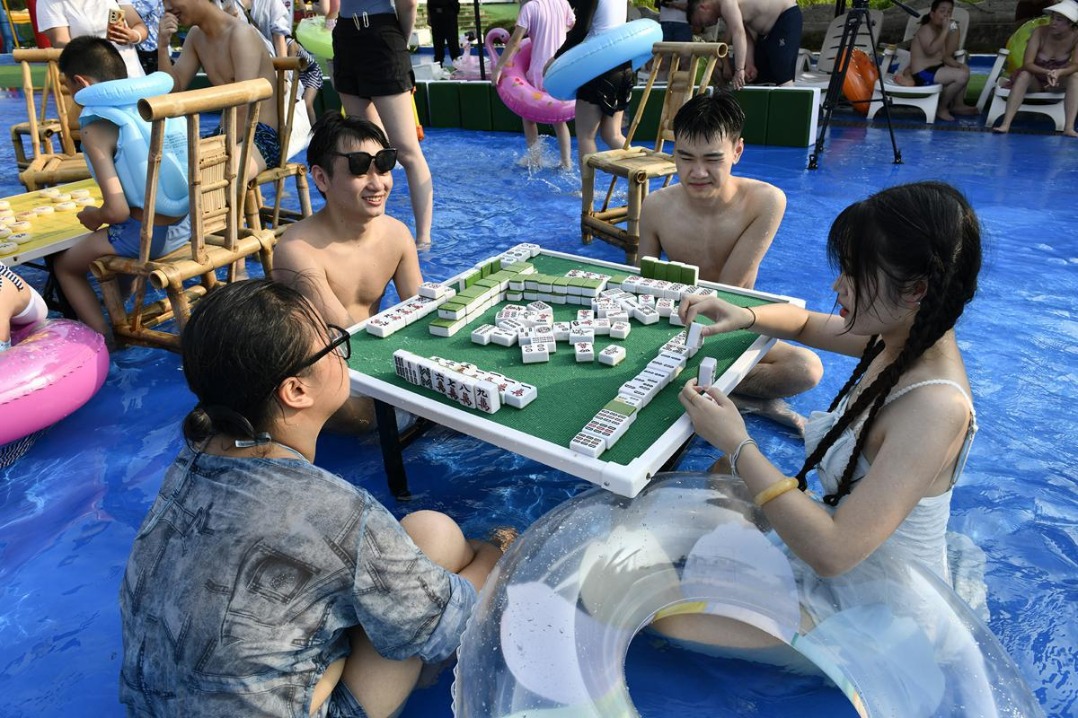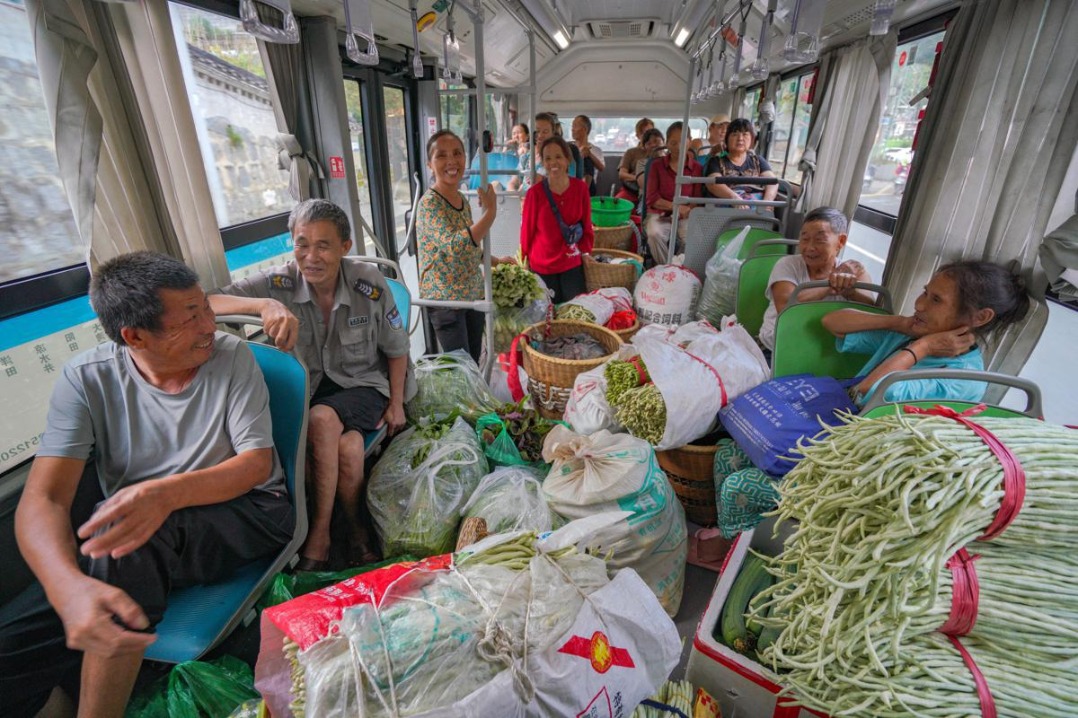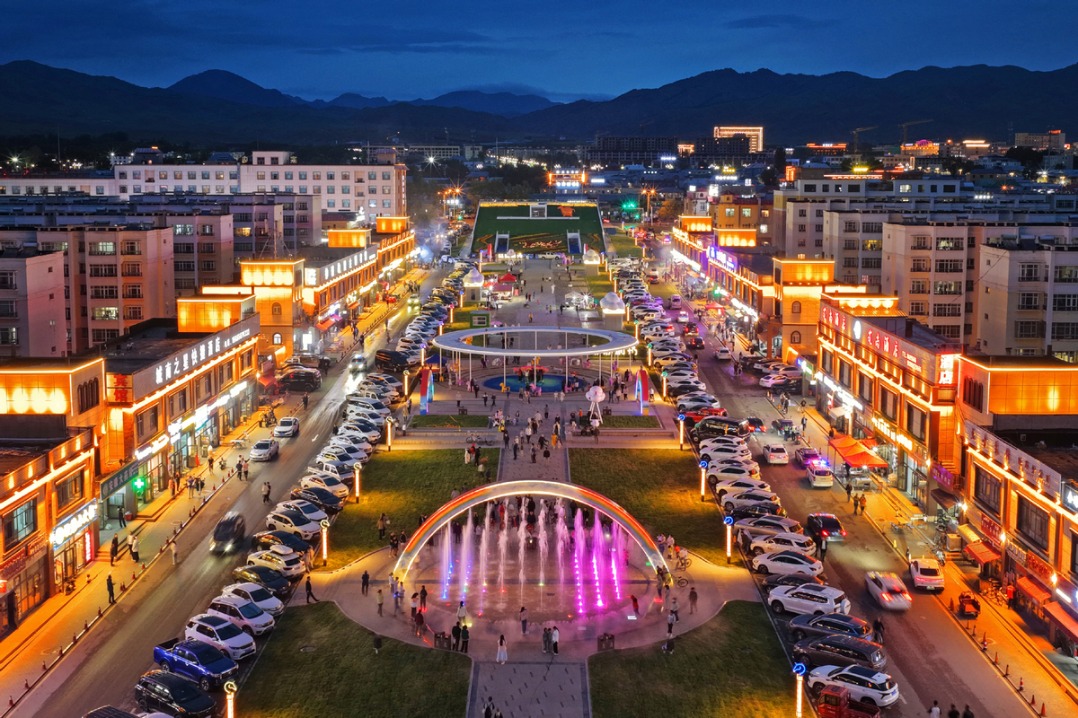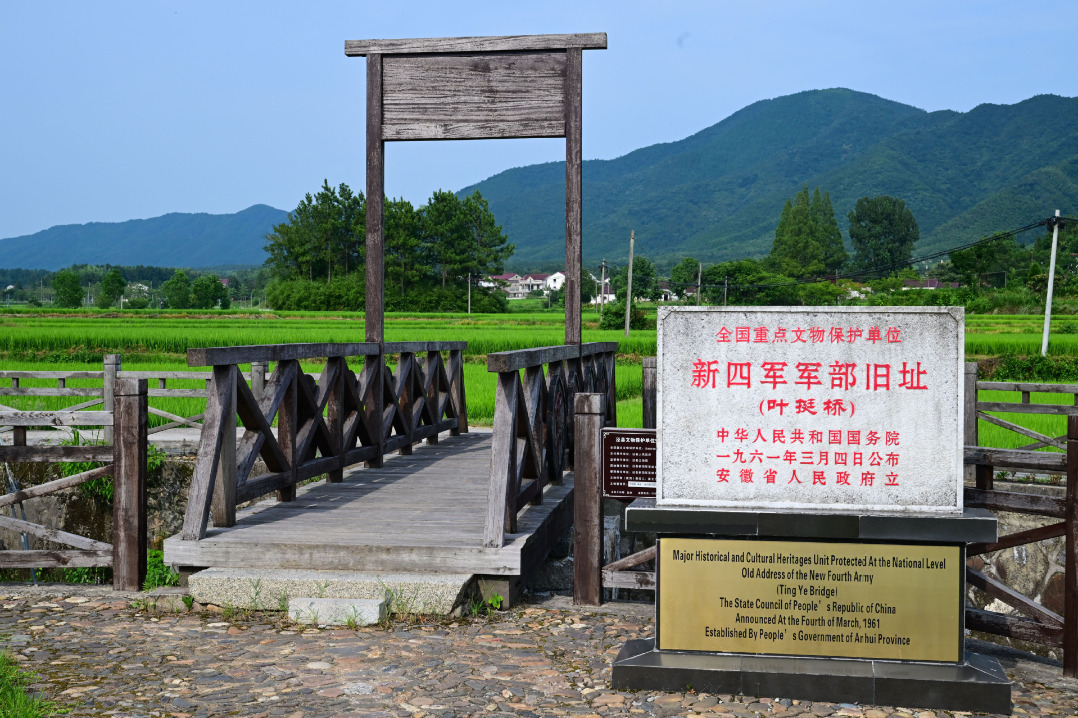Industrial city in Guangxi ranks top in water quality after long cleanup

Liuzhou, an industrial city in South China previously plagued by acid rain, now has better water quality than any other major city in the country thanks to the local authorities' persistent pollution control efforts and a river chief system that sees leading officials at different levels oversee protection work.
The city in the Guangxi Zhuang autonomous region-noted for its large concentration of smokestack industries, including steel smelters and chemical plants-ranked No 1 for surface water quality last year, the Ministry of Ecology and Environment said.
In 2019, it came second only to Laibin, also in Guangxi, despite ranking 10th among 337 major Chinese cities in the first quarter of that year, when the rankings were first made public.
Liuzhou is a microcosm of the country's efforts to build a moderately prosperous society in all respects, including a livable environment.
The city experienced acid rain in 98.5 percent of precipitation events from 1985 to 1995, making it one of four cities most frequently plagued by acid rain in that decade, according to monitoring by local authorities.
Another environmental problem in the city, which has a dense network of rivers and lakes, was water pollution. The banks of the Liujiang River, which runs through the city, used to be dotted with hundreds of sewage outlets.
The direct discharge of waste water from residential communities and factories made the Zhu'exi River, which also runs through the city and empties into the Liujiang, a black and odorous water body in the 1990s.
"We used to have to keep our windows tightly closed to prevent the smell from entering our homes," said a man surnamed Huang who lives near the river, adding that the smell was even worse when it rained.
Today, however, the quality of water in the small river is as good as when he was a child.
"When the weather is good, some people even play in the water," Huang said.
The change happened after years of local government efforts to build waste water disposal facilities.
Since 2001, the city has invested more than 8 billion yuan ($1.24 billion) to build more than 1,000 kilometers of underground pipes to help collect waste water and divert it to treatment plants, local authorities said.
There are now concentrated waste water treatment facilities for Liuzhou's eight industrial clusters, and a wide-ranging low-emission transformation has been rolled out to greatly reduce the amount of pollutants generated by industries.
With the historical problems addressed, the river chief system Liuzhou introduced in 2017 has helped prevent the emergence of new environmental hazards.
Liuzhou now has more than 2,000 river chiefs in a four-tier system that reaches down to the village level. They have made more than 300,000 patrols to monitor potential environmental hazards, the city government said.
The river chiefs have helped address more than 1,000 environmental violations in rivers and lakes, including illegal occupation of watercourses and dumping.
With the help of a smartphone app that can pinpoint, report and trace environmental problems, river chiefs need to patrol the water bodies they are in charge of at least once a month, said Jiang Yong, deputy head of Liuzhou's water resources bureau.
He said the city government is expanding the monitoring system with the use of intelligent cameras that can automatically report environmental violations, such as garbage dumping and the entering of restricted areas around water bodies.
The system can also help assess river chiefs' performances in their patrol work because it can track and analyze their movements, Jiang said.
The city government plans to further enhance its water pollution control efforts during the 14th Five-Year Plan (2021-25) period, especially in rural areas.
While 181 sewage treatment facilities have been built in rural parts of the city in the past five years, another 788 will be established in the next five years.
This means almost 34 percent of the city's rural villages will be covered by such facilities, it said.
Mai Mengjia contributed to this story.
- Measures help Tibetan antelope migrate in Xizang
- Xizang Airport sees surge in pet shipments
- Premier stresses high-quality implementation of major national projects
- Mainland tourism dazzles at Taipei travel expo with cultural relic souvenirs
- Global campers promote cultural exchange at mini world expo
- National health body expands pediatric services to nearly all hospitals





































